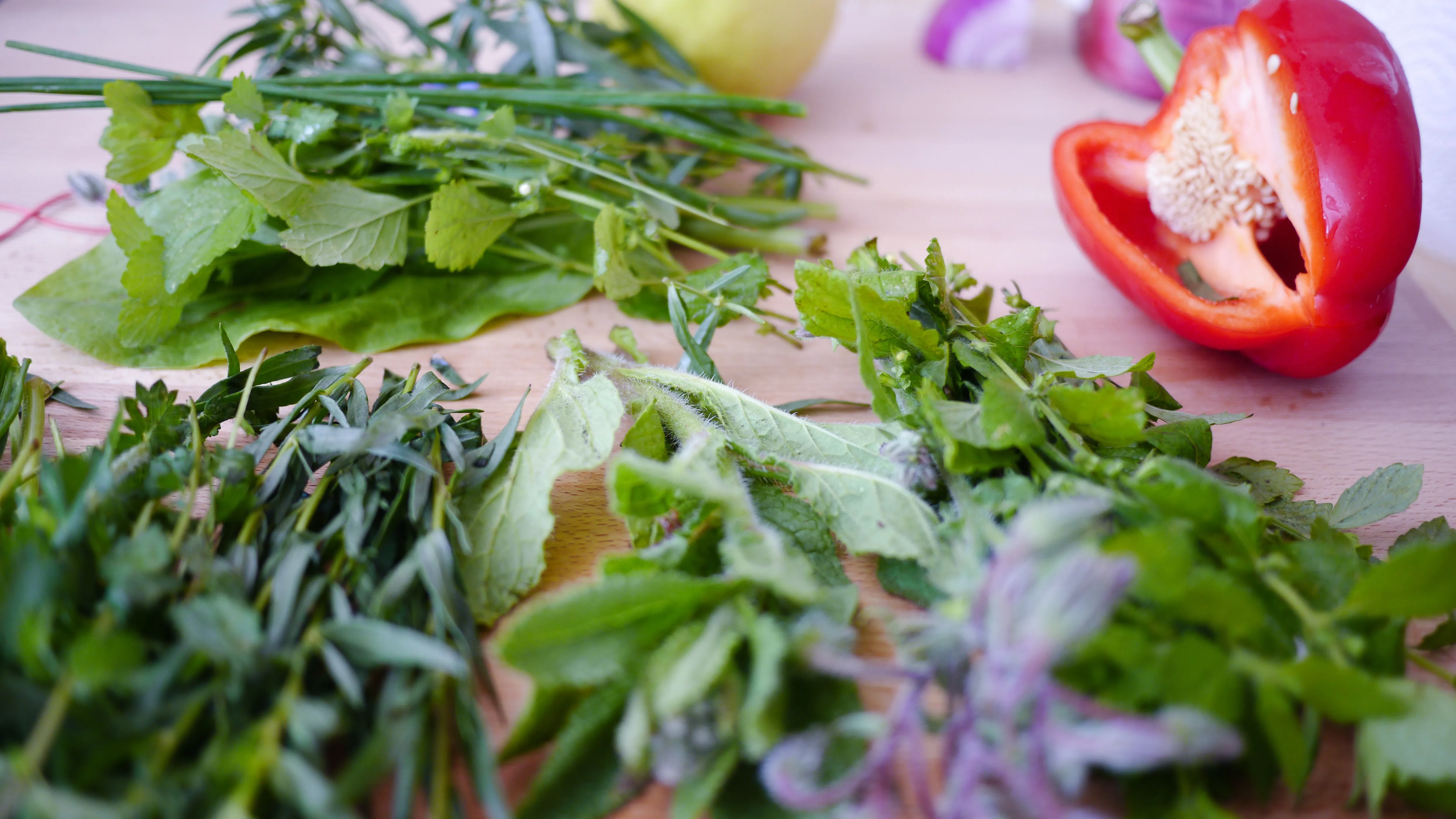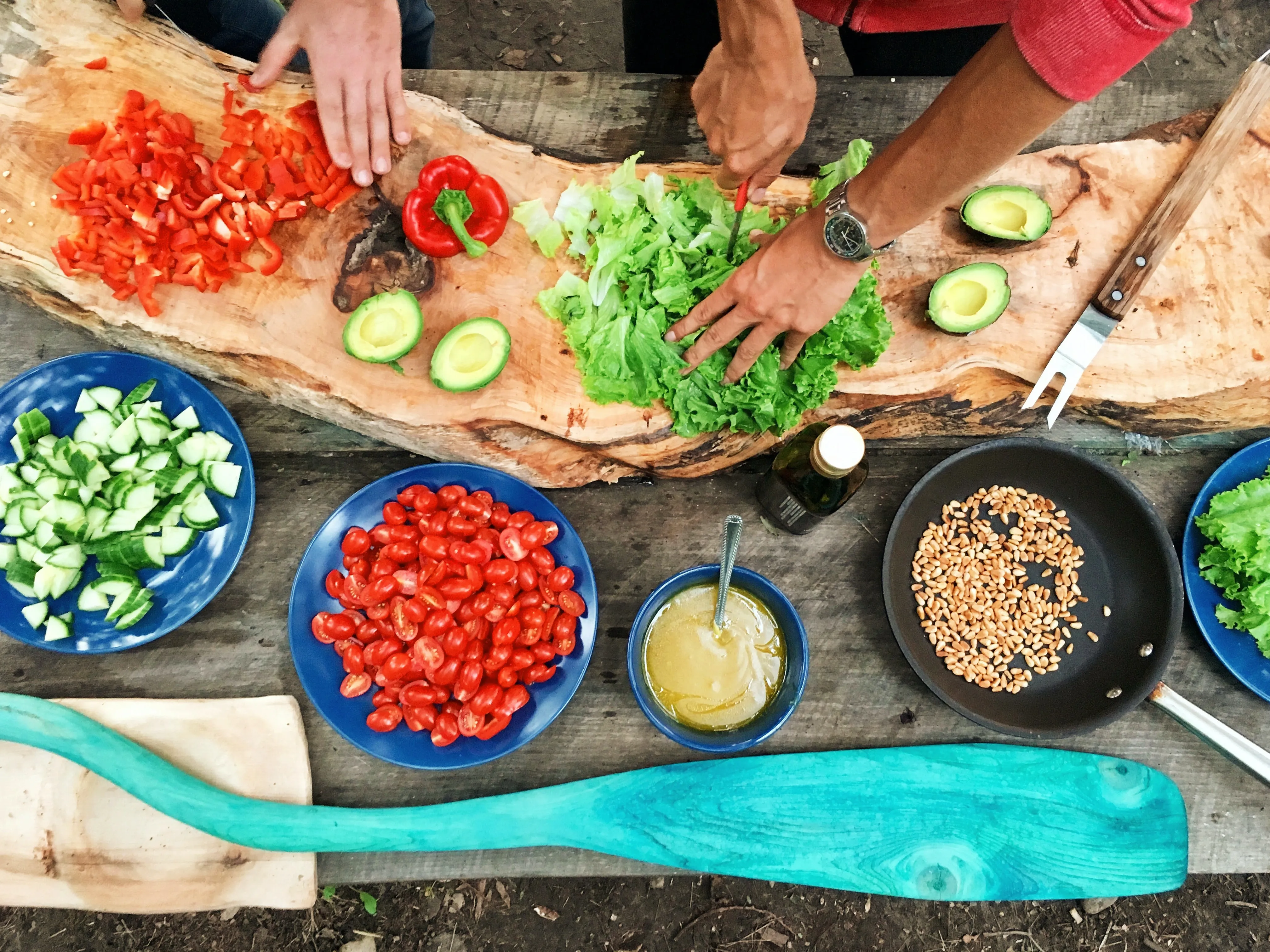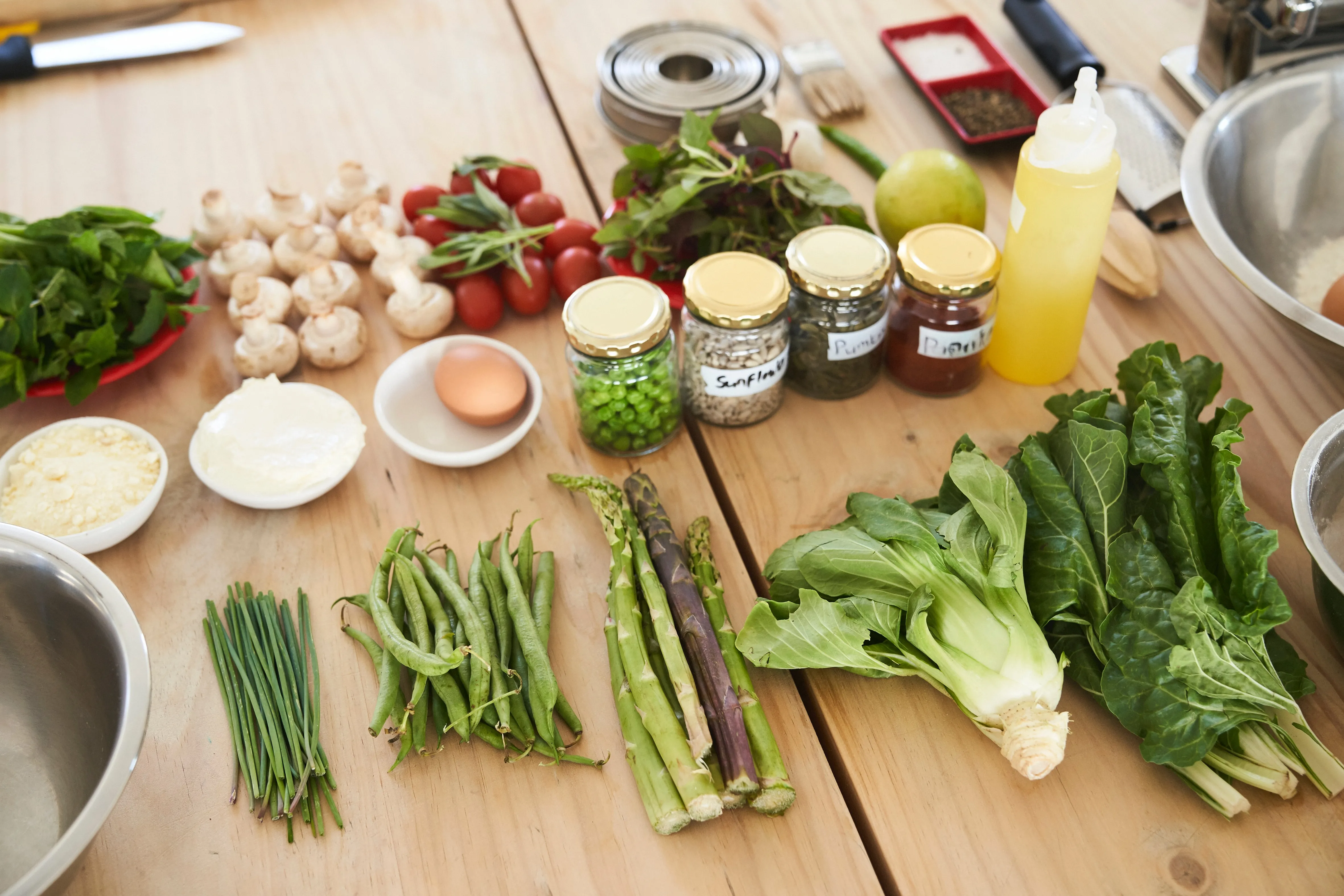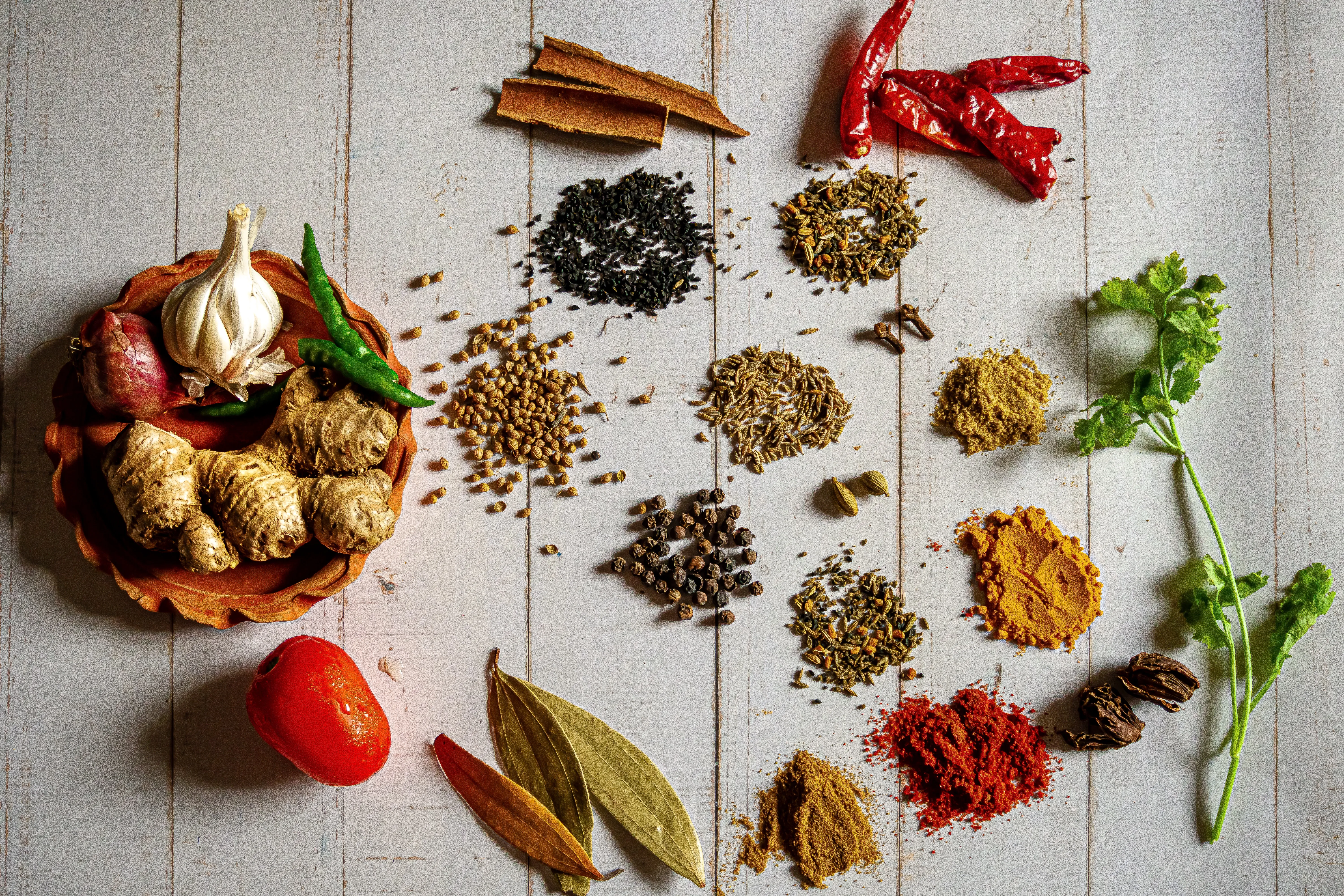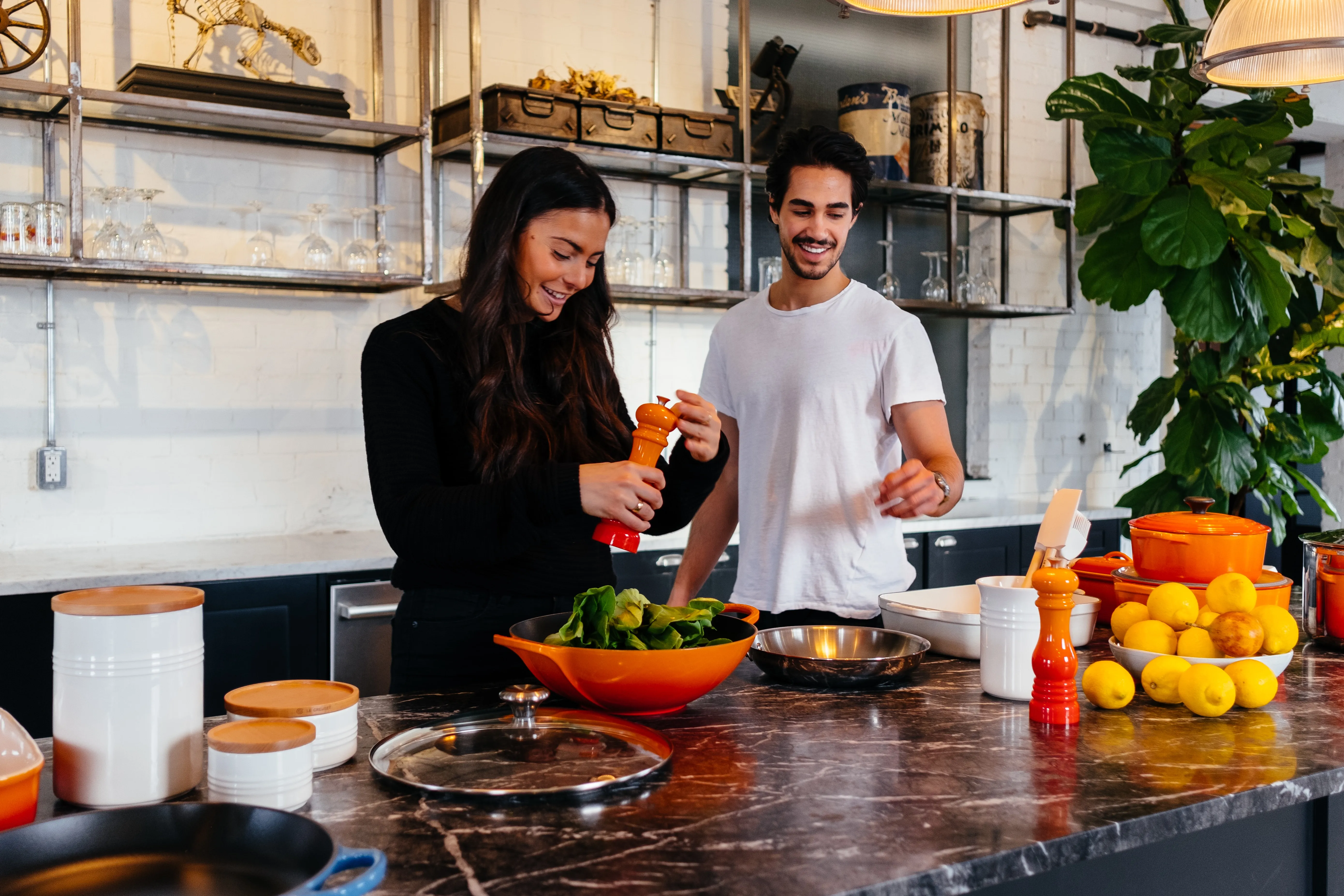The Five Senses of Cooking: Crafting Culinary Masterpieces through Taste, Touch, Sight, Smell, and Sound
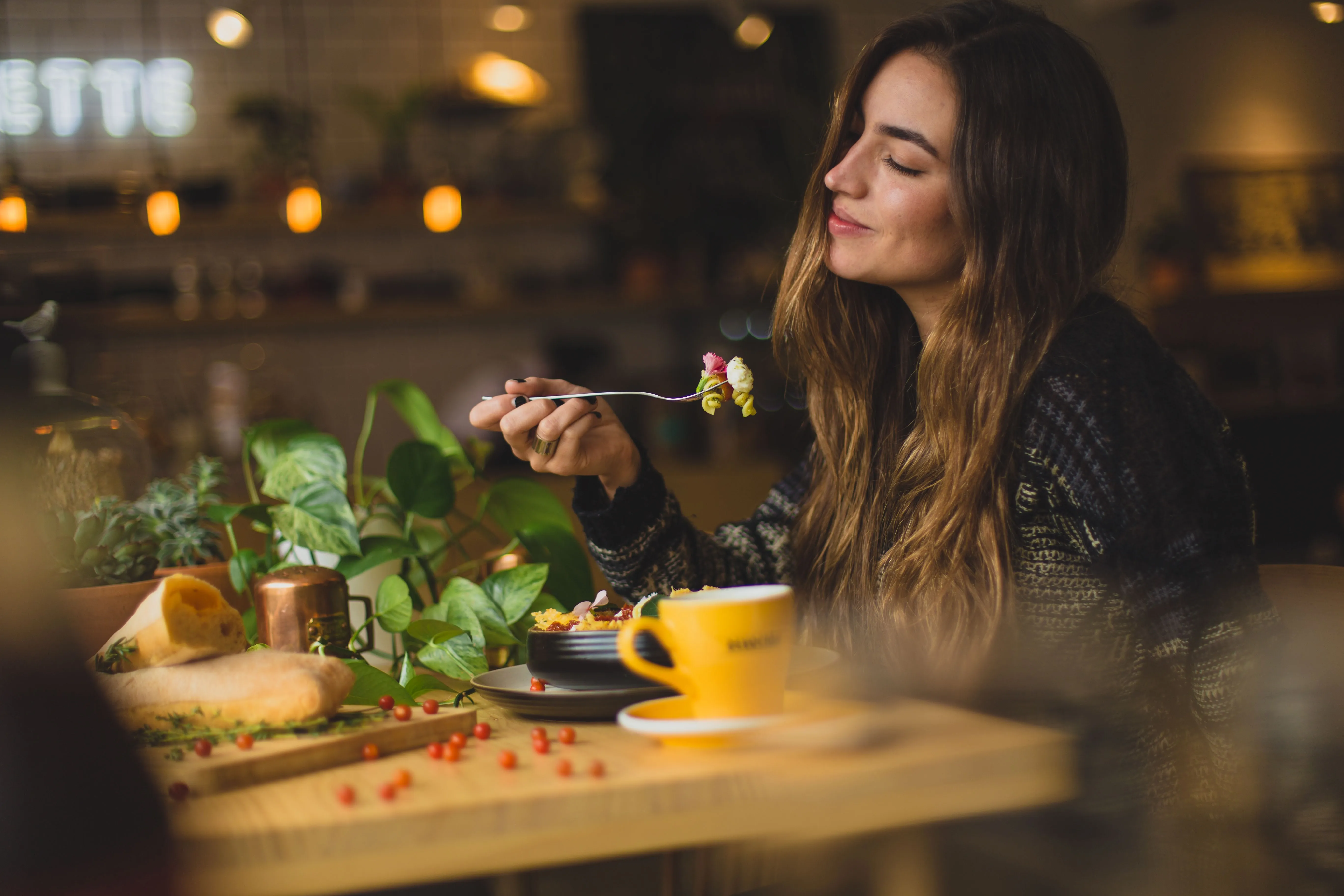
A symphony of flavours, a palette of colours, a tapestry of textures—cooking is an immersive experience that engages all our senses. The sizzle of onions, the ruby hue of fresh strawberries, the scent of fresh herbs, the silky texture of chocolate, the tart taste of a lemon—all these sensual cues guide us, helping to create dishes that are as delicious as they are delightful. This comprehensive guide explores the role of our five senses in the kitchen, educating you on how to harness the power of taste, touch, sight, smell, and sound to elevate your culinary creations.
The Sensory Kitchen: Understanding Our Senses
Our senses are our direct line to the world. They allow us to appreciate the magic of everyday experiences and are particularly vital when it comes to one of our most fundamental acts: cooking and eating.
1. Taste
Taste is often the first sense people associate with food. It's the nuanced interplay of five basic tastes—sweet, sour, salty, bitter, and umami—that makes a dish delicious and satisfying.
2. Touch
Touch helps us discern the texture of food, its temperature, and even it's weight in our hands. It's involved in every stage of cooking, from picking ripe fruits to kneading the dough to the perfect consistency.
3. Sight
We eat with our eyes first. The visual presentation of a dish can influence our perception of its taste and enjoyment.
4. Smell
Smell is central to our perception of flavour. Without it, we wouldn't be able to identify or appreciate a majority of the flavours we taste in our food.
5. Sound
The sizzle of a stir-fry, the crunch of crispy bacon, the hiss of steam escaping from a dessert dumpling—our ears engage with our food, playing a role that's as important as the rest of our senses.
The Taste of Balance: Achieving the Perfect Flavour Profile
Taste plays a starring role in creating delectable dishes. By understanding the five basic tastes and how to balance them, you can elevate your culinary skills.
- Sweetness: Sugar, honey, maple syrup, fruits, and some vegetables like carrots and sweet potatoes bring sweetness to a dish. Sweetness can balance dishes that are too spicy, sour, or salty.
- Sourness: Citrus fruits, vinegar, tamarind, and fermented foods provide sourness. It can help brighten up a dish and balance sweetness.
- Saltiness: Apart from table salt, foods like soy sauce, fish sauce, cured meats, and cheeses add a salty note. Salt can enhance other flavours and prevent dishes from tasting bland.
- Bitterness: Leafy greens, bitter gourd, cocoa, coffee, and some herbs and spices contribute bitterness. While it's often an acquired taste, a touch of bitterness can add depth to a dish.
- Umami: Often described as savouriness, umami is found in foods like mushrooms, tomatoes, soy sauce, miso, and meats. Umami-rich foods can give dishes a satisfying depth of flavour.
Developing a palate that can detect and balance these five tastes is a core skill in cooking. Simple techniques, like seasoning your food properly and tasting it throughout the cooking process, can help develop this skill.
The Touch of Expertise: Cooking with Your Hands
Our hands are one of our most valuable kitchen tools. Through touch, you can perform a range of tasks and gather vital information about your ingredients and dishes.
- Selecting Ingredients: Learn to select fresh fruits and vegetables by feeling their firmness and weight. For example, a ripe avocado yields to gentle pressure, and a good watermelon feels heavy for its size.
- Preparation: Use your fingers to feel the grain of a cut of meat or to test whether a dough has been kneaded enough.
- Cooking: Touch can help you tell if a steak is cooked to your liking or if a cake is baked through.
- Plating: Use your hands to arrange food on a plate, ensuring it's both visually appealing and practical to eat.
While it may be tempting to rely on modern kitchen tools, don't forget that sometimes, your hands are the best tool for the job.
A Feast for the Eyes: The Visual Art of Cooking
A beautifully presented dish can be truly enticing. The visual aspect of food stimulates our appetite, making food not just a necessity, but a pleasure.
- Colour: Use ingredients of different colours to make your dishes more appealing. A pop of green herbs, a sprinkle of red chilli, or a dash of yellow lemon zest can instantly lift a dish.
- Shape and Texture: Different cuts and cooking methods can create a variety of shapes and textures. Think crunchy croutons on a smooth soup or a mix of chopped and whole ingredients in a salad.
- Plating: Consider the arrangement of food on the plate. Use the plate as your canvas, and the food as your paint, creating an artwork that feeds the eyes as much as the stomach.
Even the most humble of dishes can be a visual feast with a little thought and creativity.
The Scent of Success: Cooking with Your Nose
Smell is inextricably linked to taste, contributing to the complexity and enjoyment of food. The aroma of a dish can evoke memories and stimulatethe appetite, making it an integral part of the culinary experience.
- Choosing Ingredients: The smell of fresh ingredients is often an indicator of their quality. Fresh fish should smell like the sea, not 'fishy', and good quality spices will have a strong, fresh smell.
- Cooking: Your nose can help you monitor the cooking process. The smell of caramelising onions, toasting spices, or browning meat can tell you when it's time to move to the next step in a recipe.
- Seasoning: Smelling your food can help you with seasoning. If you can't smell your herbs or spices in your dish, you probably need to add more.
- Creating Aromas: Certain cooking techniques, like searing, roasting, or sautéing, can create appealing aromas that enhance the overall flavour of your food.
Remember, a good cook doesn't just follow their nose, they use it!
Music to Your Ears: The Sounds of Cooking
Sound is perhaps the most overlooked sense in cooking, but it can provide valuable cues. The sizzle of a pan, the bubbling of a pot, the crunch of a crisp vegetable—each tells us something about our food.
- Heat Control: The sound of food cooking can indicate whether your heat is too high, too low, or just right. A good sizzle means your pan is hot enough, but if your food is screaming in the pan, your heat is probably too high.
- Doneness: The sound of food can often tell you when it's ready. The crackle of a well-seared steak, the hollow sound of perfectly baked bread when you tap its base, or the pop of a fish's skin crisping up are all sounds to listen out for.
- Quality of Ingredients: Fresh produce often sounds different than produce that's past its prime. Fresh lettuce, for example, will snap crisply, while older lettuce will bend without that satisfying crunch.
By tuning into the sounds of your kitchen, you can become a more attentive and responsive cook.
The Symphony of Senses in Your Kitchen
Cooking is a sensory experience that engages all our senses. By understanding and utilising taste, touch, sight, smell, and sound, we can enhance our culinary skills and create dishes that delight not just the palate, but all our senses. So the next time you walk into your kitchen, remember that you're not just a cook—you're a sensory scientist, a flavour artist, and a culinary composer, whipping up symphonies that engage all five senses. So, here's to the joy of cooking and the delightful culinary masterpieces that await you!

